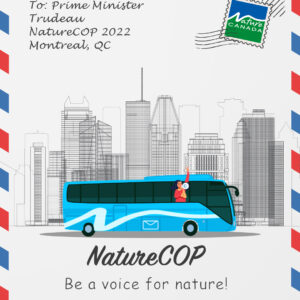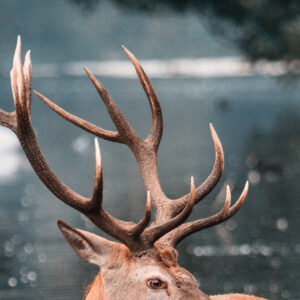Can new iphone app increase our connection to the natural world?
/* Style Definitions */ table.MsoNormalTable {mso-style-name:”Table Normal”; mso-tstyle-rowband-size:0; mso-tstyle-colband-size:0; mso-style-noshow:yes; mso-style-priority:99; mso-style-qformat:yes; mso-style-parent:””; mso-padding-alt:0in 5.4pt 0in 5.4pt; mso-para-margin-top:0in; mso-para-margin-right:0in; mso-para-margin-bottom:10.0pt; mso-para-margin-left:0in; line-height:115%; mso-pagination:widow-orphan; font-size:11.0pt; font-family:”Calibri”,”sans-serif”; mso-ascii-font-family:Calibri; mso-ascii-theme-font:minor-latin; mso-hansi-font-family:Calibri; mso-hansi-theme-font:minor-latin; mso-fareast-language:EN-US;}
A new mobile app for sharing nature photos is turning random plant and animal sightings into a fast-growing citizen science project.Networked Organisms and Habitats and their nature-focused application, Project Noah, is used to explore and document local wildlife, in backyards, city parks and other places, and it has already attracted both the casual naturalist and the professional ecologist.
I know how it sounds. Electronic media consumption is supposed to spread nature deficit disorder among our young, not increase our appreciation for nature and wild things, right? Butwith technologylike this, it’s often how it’s applied that really matters. And Project Noah could have the capacity to bridge the gap between professional researchers and amateur wildlife enthusiasts.
So exactly how does Project Noah work? It’s simple. You just get outside, take pictures of wildlife, tag it with your own words, and then submit it directly to the Project Noah database. Once uploaded to the site, the data becomes a valuable tool for scientists to track migrating species, or document wildlife declines.
Most programs that utilize citizen science generally only work when those citizen scientists are borderline expert in the subject. There is always the issue of quality versus quantity; experts provide quality but amateurs bring quantity. Project Noah is trying to make the application very simple without taking away from the accuracy or quality of the data.
“You can readily make the required professional rigor so large that it’s a buzz kill for the amateur or make it so loosey-goosey in order to maximize participation that the resulting data isn’t regarded as proof or evidence of anything,” said Project NOAH adviser Clay Shirky, an author who teaches at New York University’s Interactive Telecommunications Program.
So far the app is hosting a mushroom-mapping project in New York City, the Lost Ladybug mission at Cornell University and the Project Squirrel a joint partnership between the University of Illinois-Chicago and the Chicago Academy of Sciences’ Peggy Notebaert Nature Museum.
Urban ecologist Steve Sullivan, who runs Project Squirrel indicated that “Project Noah supplies precise locality data that otherwise would be impossible to obtain. I now get about 70 squirrel observations a week from Project Noah, with a 90 percent accuracy rate for identifications.”
To date Project Noah’s repository of field sightings includes upwards of 5,000 wildlife sightings of flora and fauna from around the world and is growing day by day.



